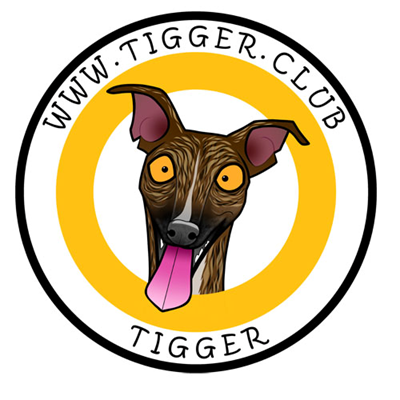Graffiti found on Dover Castle door
English Heritage discovered a Georgian door covered in graffiti at Dover Castle.
It was discovered when staff were scaling a ladder to the upper floor of St John's Tower. Seeing these remarkable carvings on the door was an astonishing discovery. This graffiti gives a unique glimpse into the minds of these soldiers, especially during such a charged period of time.
The door, which was originally located on an upper floor of the medieval St John's Tower at Dover Castle. The tower sits in the castle's great outer ditch and has a view over the vulnerable northern end of the castle. It would have been guarded by six to 12 men on duty at any one time, with one or two up on top of the tower.
In the 1790’s with the threat of invasion from Napoleon in France, Dover Castle underwent a transformation an aging medieval castle into a modern military garrison.
With the castle suddenly housing thousands of soldiers, new barracks were built.
'As a result of the impending threat of war from across the Channel, Dover was a hive of activity with ships filling the harbour and colourful military uniforms a constant presence in the castle and town With tensions high but hours to kill, it seems those men put their questionable artistic talents to use.
Soldiers had carved more than 50 pieces of graffiti into the door using knives or possibly bayonets.
The age of the graffiti ranges from 1789 to 1855. It includes over 50 individual pieces of graffiti, including a detailed carving of a sailing ship, the date of the French revolution (1789), nine macabre depictions of hangings, and countless initials .
What makes this door such an extraordinary object is that it is a rare and precious example of the ordinary person making their mark; whether that be simply for the purpose of killing time or wanting to be remembered.
The door has been painstakingly conserved to go on display in July as part of Dover Castle Under Siege.
Dover Castle Under Siege is a brand new visitor experience coming to Dover Castle. English Heritage has opened up the castle's northern defences, including the medieval and Georgian underground tunnels to visitors.


